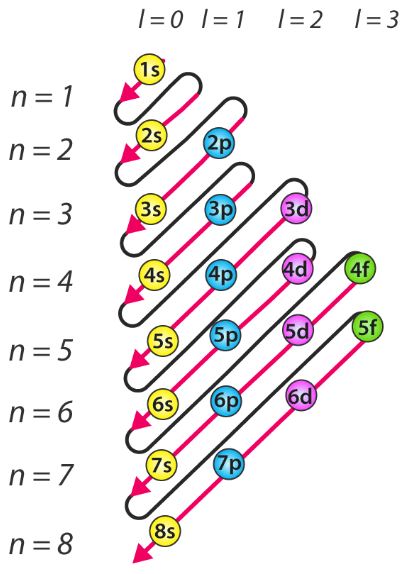Hund S Rule Deals With The Distribution Of Electrons In

Hund s rule of maximum multiplicity.
Hund s rule deals with the distribution of electrons in. The hund rule of maximum multiplicity states. S orbitals can hold two electrons and p orbital holds 2 electrons by following hund s rule of highest multiplicity.
This rule deals with the filling of electrons in the equal energy degenerate orbitals of the same sub shell p d and f. Therefore two p orbital get one electron and one will have two electrons.
Every orbital in a subshell is singly occupied with one electron before any one orbital is doubly occupied and all electrons in singly occupied orbitals have the same spin. According to hund s rule all orbitals will be singly occupied before any is doubly occupied.
Every orbital in a subshell is singly occupied with one electron before any one orbital is doubly occupied and all electrons in singly occupied orbitals have the same spin. When two or more orbitals of equal energy or very close energy are available electrons will fill the orbitals singly before filling doubly.
According to this principle for a given electronic configuration the paring of the particle is done after each subshell is filled with a single electron. Due to the pauli exclusion principle two electrons cannot share the same set of quantum numbers within the same system.
Two electrons in an orbital can be represented by. That leaves 4 electrons which must be placed in the 2p orbitals.
Hund s rule also stipulates that all of the unpaired electrons must have the same spin. Total no of 6 electrons is disposed over 1s 2s and 2p orbitals.

















